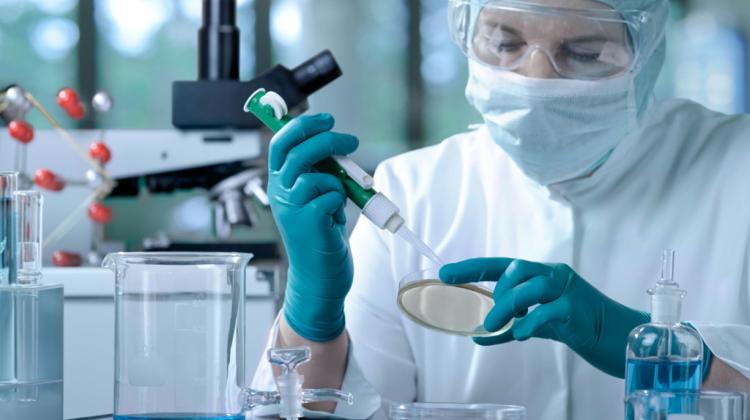Silesian Scientists Come Up with New Way of Producing Chemically Pure Polymer
 Photo: Fotolia
Photo: Fotolia
Scientists from the University of Silesia have developed a new way of producing chemically pure polymer. Polycaprolactone (PCL), a naturally degradable and tissue-compatible compound, can be used in medications and absorbable surgical sutures.
According to the university, PCL decomposes naturally over a period of about two years, exhibits tissue compatibility, has good processing properties, is soluble in many organic solvents, and can form miscible polymer blends.
Therefore, it can be used, for example, as a drug carrier, tissue culture substrate in tissue engineering, filling material, and for the production of absorbant surgical sutures or shape memory implants such as clamps for connecting bone fractures or special rods used to treat diseases of the spine. It also has industrial applications: as an additive to biodegradable packaging and films, and in combination with starch it can be used to make material, from which disposable plates or cups are produced.
To improve the high-volume production of PCL in an environmentally friendly way, the scientists changed the conditions, in which the polymerization process of ε-caprolactone (ε-CL) is carried out.
In a press release the university said: ”The alternative was to use water as the initiator of the chemical reaction and high pressure as the catalyst. The presence of water enables the course of the reaction to be controlled while carrying it under high pressure means it can obtain a high purity product, which means no content of metal ions and organic and inorganic impurities. In addition, the proposed method of pressure polymerisation of ε-caprolactone allows it to simplify the composition of the reaction mixture, which results in lower production costs.”
This solution is covered by patent protection.
PAP - Science in Poland
akp/ ekr/ kap/
tr. RL
Przed dodaniem komentarza prosimy o zapoznanie z Regulaminem forum serwisu Nauka w Polsce.














